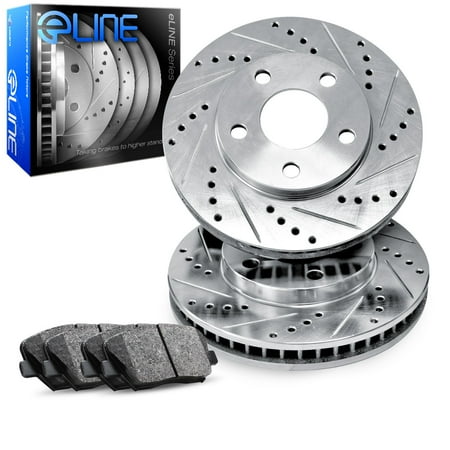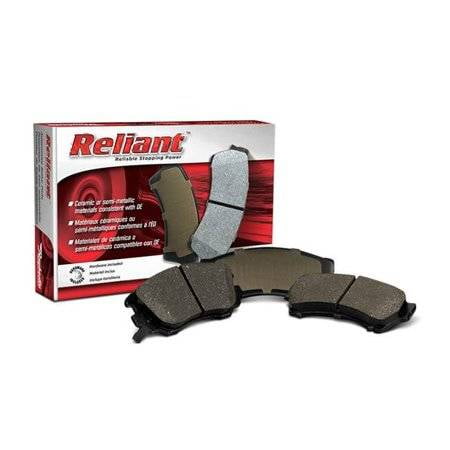Niche Brake Pad Set for Suzuki GSXR600 GSXR1000 Hayabusa 59100-29840 69101-44810 Complete
Includes: Brake Pad Set Known Brand Compatibility: For Suzuki Known Model Compatibility: GSXR1000, GSXR600, Hayabusa, Vstrom 1000 Direct Replacement For: 69101-44890, 69101-44820, 69101-44810, 69100-15820, 59100-29860, 59100-29840








Replaces OEM Part Numbers: Suzuki 59100-29840, 69101-44820, 69101-44810, 69100-15820, 59100-29860, 69101-44890Compatible with Models: 2007-2008 Suzuki GSXR1000 | 2006-2009 Suzuki GSXR600 | 2008-2012 Suzuki Hayabusa | 2014-2018 Suzuki Vstrom 1000Engineered and Tested to Meet or Exceed Original Part Standards and PerformanceCreated as a Direct Replacement for the Factory Brake ShoesQuality and Performance Guaranteed!

![[COMPLETE KIT] Black Drilled Slotted Brake Rotors & Ceramic Pads CBC.6608002 [COMPLETE KIT] Black Drilled Slotted Brake Rotors & Ceramic Pads CBC.6608002](https://i5.walmartimages.com/asr/2fcec416-3c95-4c43-a7df-5f103c2e905f_1.7633a418f78b2f437935cf6ca22f723b.jpeg?odnHeight=450&odnWidth=450&odnBg=ffffff)



Reviews
There are no reviews yet.